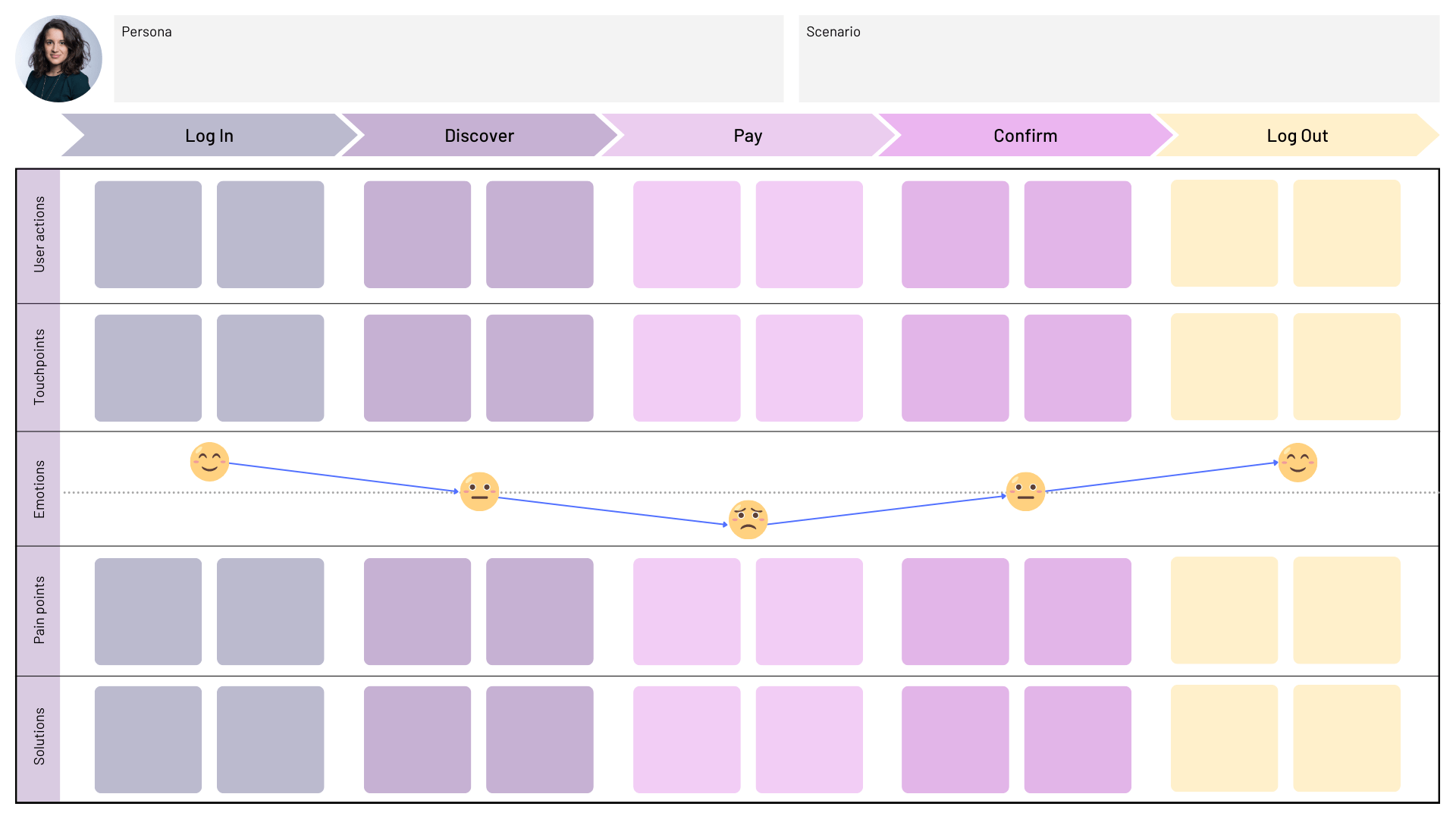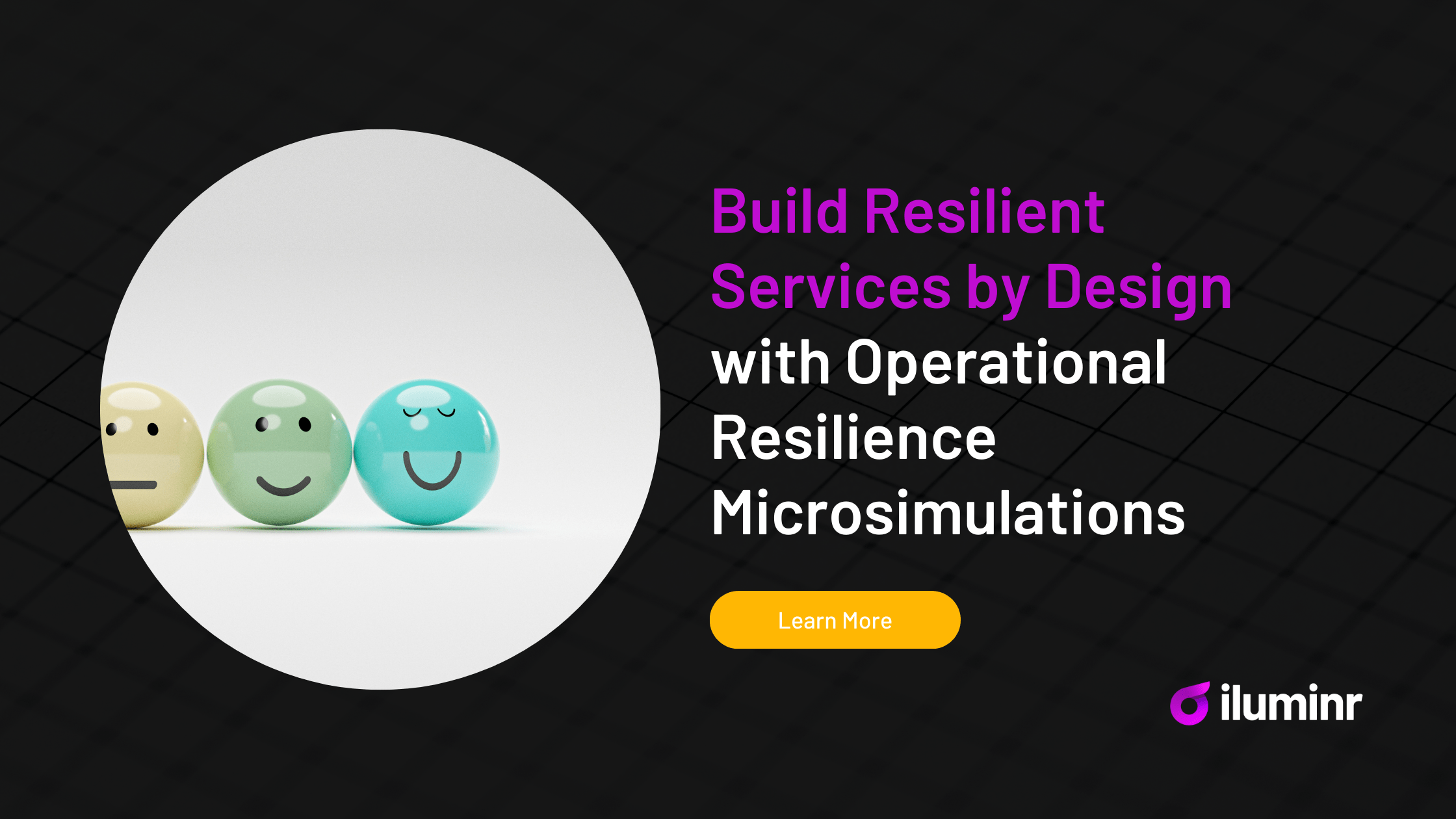In today’s highly competitive market, businesses recognize that offering a smooth customer journey is essential for success. However, while most companies focus on the ‘happy path’—the ideal customer journey without any hiccups—it’s equally important to explore and understand the experience when things go wrong. This is where scenario testing becomes crucial.
Scenario testing that strays from the standard customer journey, or ‘happy path‘, is a strategy to simulate less common, unexpected, or complex interactions that customers may have with a product or service. It’s a way to prepare for and improve the customer experience, even in less-than-ideal circumstances.
What is the Happy Path?
By understanding and optimizing the happy path, companies can ensure that their systems are designed to meet customer expectations in the most straightforward and efficient manner possible, thereby minimizing operational risks and enhancing overall system resilience.
However, focusing solely on the happy path can leave systems vulnerable to unforeseen issues and threats, highlighting the critical need for comprehensive testing that includes potential deviations and worst-case scenarios. For security and compliance, recognizing and planning for deviations from the happy path is essential to protect sensitive data and meet regulatory requirements. It ensures that security measures are robust, not just under ideal conditions but under stress or attack, and that compliance mechanisms are effective even in non-standard situations. Therefore, while the happy path represents the goal of seamless operation, its true value lies in serving as a benchmark against which the integrity and resilience of systems are tested and improved.
Operational Resilience: Exploring the Realms of What-Ifs
Testing only the happy path is like rehearsing a play in an empty theater; it doesn’t prepare you for the unexpected variables that a live audience brings. Customers are unpredictable, and their journeys are often influenced by a myriad of factors, including personal preferences, external pressures, and technological issues. By not accounting for these variables, businesses risk alienating customers when they encounter problems that haven’t been anticipated and addressed.
In the realm of operational resilience, important service design and the concept of testing off the happy path are critical to ensure organizations can withstand and quickly recover from disruptions.
Important service design involves strategically planning and structuring services to minimize risk and ensure continuity under various scenarios, including those that deviate from ideal conditions. This design philosophy takes into account the complexities and interdependencies of modern operations, aiming to build systems that are not only efficient but also adaptable and robust against unforeseen challenges. Testing off the happy path, or exploring scenarios where things do not go as expected allows organizations to identify potential vulnerabilities and stress points within their operations before they become critical issues.
By rigorously testing how systems behave under conditions of failure, unexpected demand, or external threats, companies can refine their response strategies, enhance their adaptive capabilities, and ensure that even in the face of adversity, critical services remain undisrupted. Together, these practices form the backbone of operational resilience, enabling businesses to maintain service integrity and continuity, protect stakeholders, and sustain performance in an unpredictable world.
Benefits of Scenario Testing Outside the Happy Path
Anticipating the Unexpected: By exploring scenarios where things go wrong, companies can identify potential pain points and proactively devise solutions, thus reducing customer frustration.
Improving Resilience and Adaptability: Testing a wide range of scenarios makes your product or service more robust and capable of handling unexpected challenges, enhancing overall system resilience.
Building Customer Trust: When customers see that a company has anticipated and planned for potential issues, it builds trust in the brand.
Creating Comprehensive Strategies: Scenario testing encourages businesses to think creatively and develop comprehensive strategies that cover more than just the most likely customer interactions.
Enhancing Customer Retention: A well-tested customer journey that accounts for various scenarios can significantly improve customer retention, even when customers stray from the happy path.
Common Challenges of Scenario Testing in Service Design
Resource Allocation: Testing beyond the happy path requires more time, effort, and resources. Companies often struggle with justifying the cost against the perceived rarity of these scenarios.
Complexity in Planning: Anticipating and creating test cases for numerous less-likely scenarios is complex and requires deep understanding of key risks, customers, the market, and your organization.
Data Overload: Collecting and analyzing data from a multitude of scenarios can be overwhelming and may lead to analysis paralysis.
How to Effectively Integrate Scenario Testing in Service Design
Define Your Non-Happy Path Scenarios: Work with customer service, sales, and other front-line employees who understand where things tend to go awry. Use this information to map out potential scenarios.
Create Diverse Customer Personas: Develop personas that reflect a wide variety of users, not just the ideal customer. Test scenarios with these personas to ensure a broad range of experiences are covered.
Use Real-World Testing: Use techniques like Microsimulations with vendors and customers to simulate real-world conditions and obtain authentic feedback from teams outside your organization.
Iterative Testing: Adopt an agile testing methodology that allows for continuous testing and integration of feedback into your business operations.
Analyze and Prioritize: Use data from scenario testing to prioritize issues based on their impact on the customer experience and business goals. Learning Loops can be an essential tool in taking lessons learned forward.
Foster a Culture of Continuous Improvement: Encourage a mindset where every team member is aware that the customer journey can always be improved, and where feedback is actively sought and valued.
Scenario Testing in the Wild
By extending scenario testing beyond the happy path using Microsimulations, businesses not only prepare for the unexpected but also demonstrate their commitment to providing a consistently positive customer experience. It’s an investment in customer satisfaction that can lead to increased loyalty, better word-of-mouth, and ultimately, a stronger bottom line.
Author
Paula Fontana
VP, Global Marketing
iluminr




















